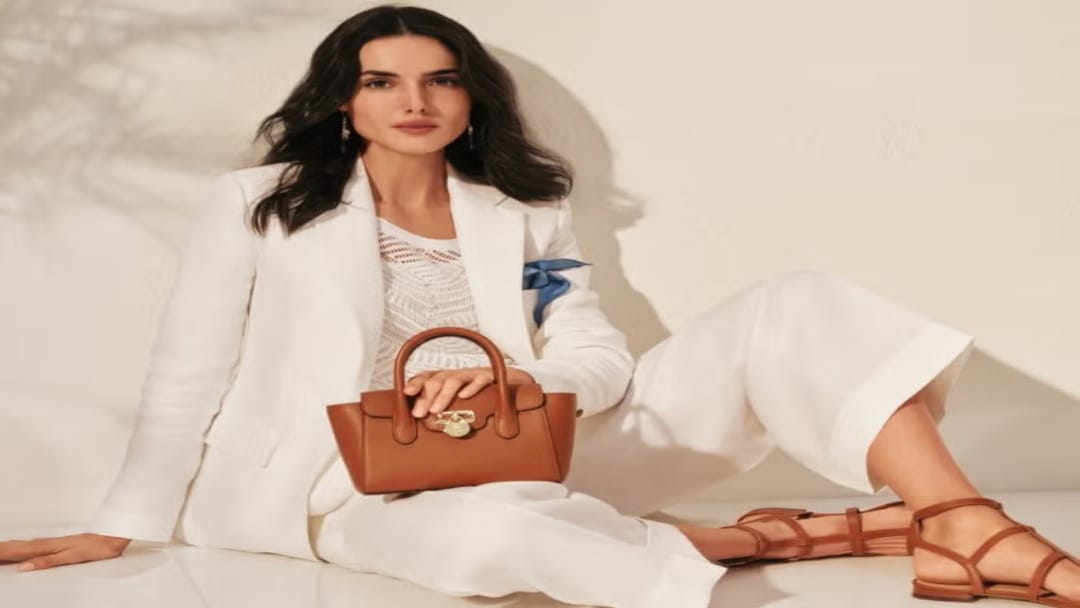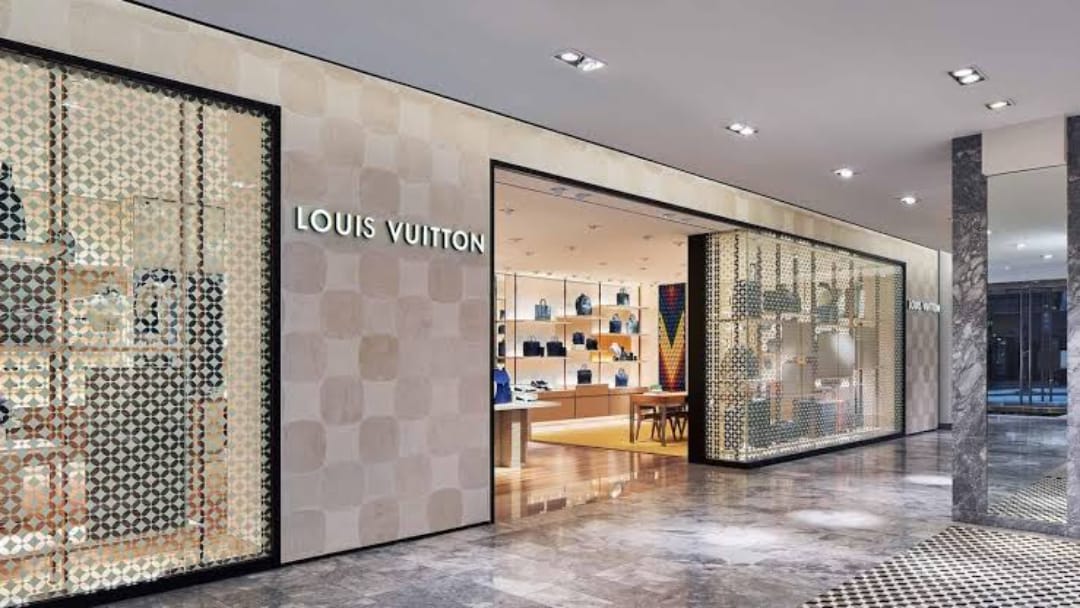
Quiet luxury, sometimes called “stealth wealth,” has taken hold among affluent Canadians who prefer subtle elegance over flashy design. These are shoppers who invest in quality, not labels, choosing pieces for how they’re made, how they feel, & how long they’ll last. It’s no surprise that brands like The Row, Loro Piana, & Brunello Cucinelli are seeing increased demand.
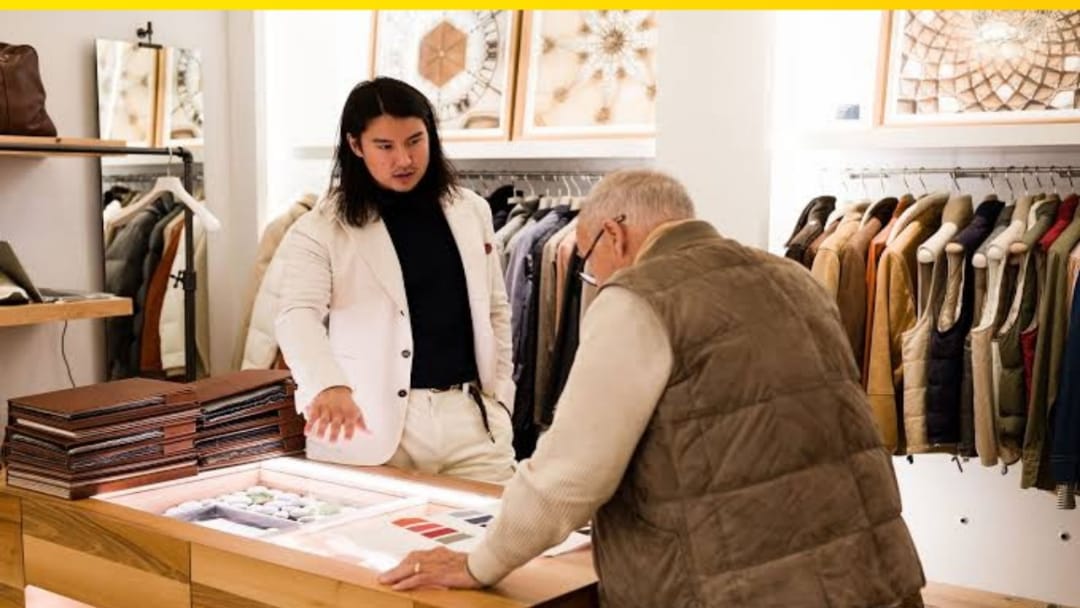 Think tailored blazers in luxurious fabrics, perfectly cut trousers, and coats that don’t need a logo to make a statement. It’s style that whispers, not shouts, and it aligns well with Canadian sensibilities—practical, refined, and discreet.
Think tailored blazers in luxurious fabrics, perfectly cut trousers, and coats that don’t need a logo to make a statement. It’s style that whispers, not shouts, and it aligns well with Canadian sensibilities—practical, refined, and discreet.
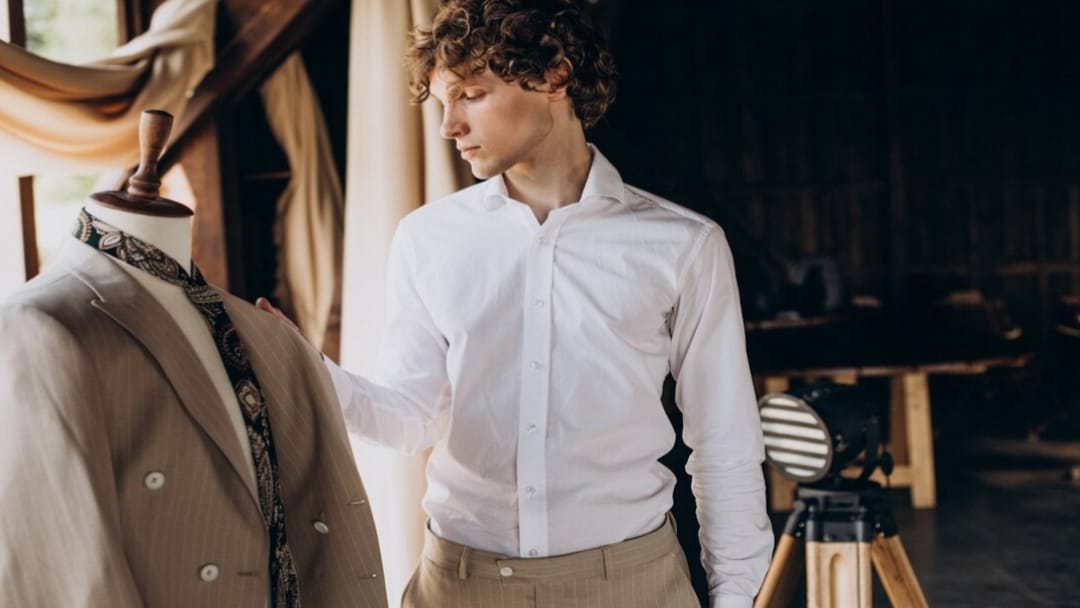
This mindset isn’t limited to older shoppers. Millennials and Gen Z are behind much of the momentum, bringing a fresh perspective to luxury. They want pieces that are personal and ethical—items that reflect who they are and what they believe in. That includes sustainability. Today, buying a luxury item isn’t just about craftsmanship; it’s also about knowing where the materials came from, who made it, and what impact it has on the planet.
Sustainability has become a non-negotiable in Canada’s high-end retail world. More consumers are asking how things are made, and brands are responding with transparency and innovation. Companies like Stella McCartney are setting the tone globally, but Canadian retailers are following suit by adopting circular models, upcycling, and introducing eco-conscious materials.
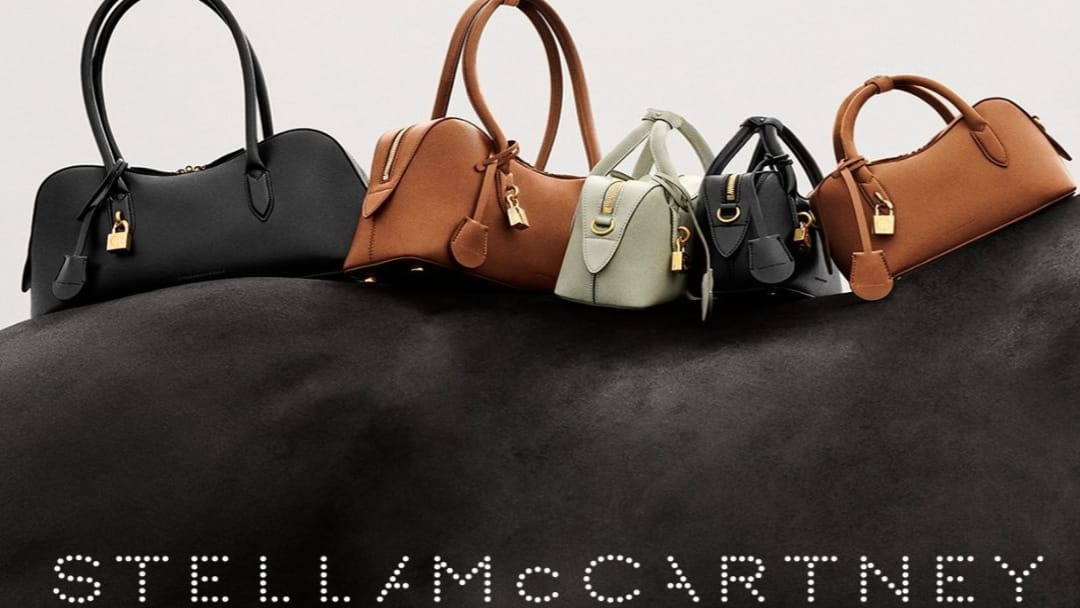
At stores like Holt Renfrew, you’ll find everything from recycled cashmere to plant-based leathers—and not just as a marketing angle. These products are increasingly core to what luxury looks like now.
And it’s not just new pieces making waves. The resale and consignment market is booming, too. Sites like The RealReal and Vestiaire Collective are gaining popularity in Canada, offering authenticated pre-owned luxury at a fraction of retail prices. Watches, handbags, shoes—it’s all part of a movement toward smarter, more sustainable shopping. Big brands like Balenciaga and Rolex are even launching their own recommerce initiatives, allowing shoppers to trade in older pieces for credit, which appeals to both the eco-minded and the budget-conscious.
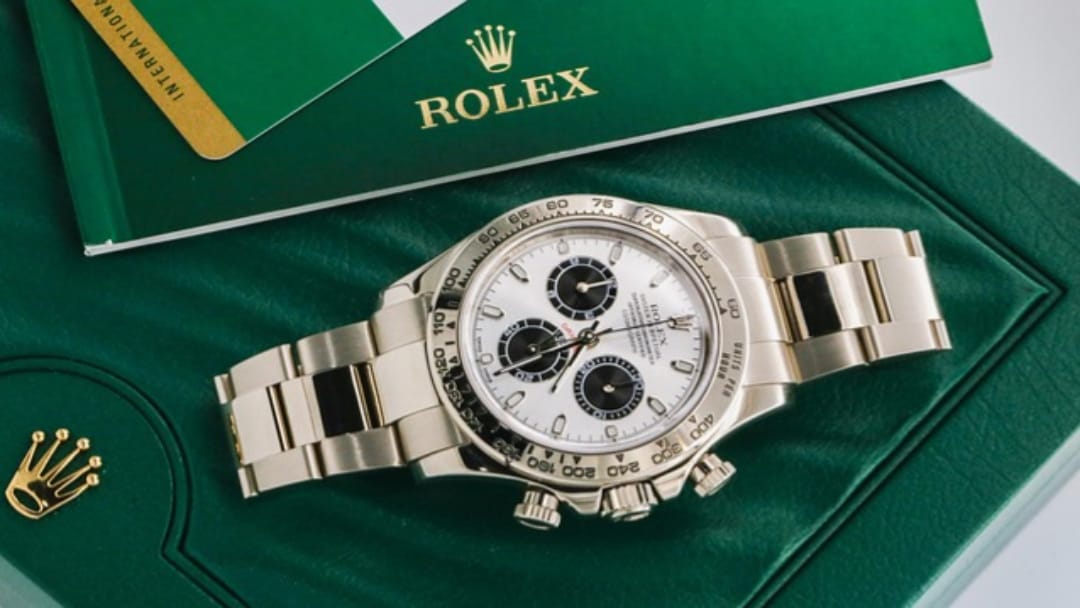
In response, Canada’s retail scene is adapting fast. New luxury spaces are popping up across the country, from Yorkdale’s massive expansion in Toronto to Oakridge Park’s reinvention in Vancouver. These places aren’t just malls—they’re full-scale experiences. You’ll find art installations, fine dining, and immersive store designs that offer something more than a transaction. At Royalmount in Montreal and The Well in Toronto, shopping becomes part of a lifestyle narrative, not just a list of purchases.
That said, the boom isn’t without its challenges. Canada’s luxury market is smaller than places like Paris or New York, and global brands have to be smart about how they scale. Inflation and economic uncertainty have also made even high-net-worth shoppers more selective. People still want beautiful things, but they want them to matter—products that feel worth the investment, either because they’re built to last or because they align with something deeper, like sustainability.
Retailers are evolving to meet these expectations. They’re putting more emphasis on craftsmanship and provenance, leaning into storytelling around how things are made. They’re building eco-conscious practices into their business models, from carbon-neutral shipping to in-store recycling programs. They’re also upgrading digital platforms, offering better online experiences and tools like AR try-ons and virtual styling—because the modern luxury shopper expects convenience, personalization, and high design, all at once.
Recommerce is also becoming a permanent fixture, not just a trend. Luxury brands are no longer shying away from secondhand—they’re embracing it, launching their own buyback programs and partnering with resale platforms. This opens doors to new customers while reinforcing a message of sustainability that’s clearly resonating with buyers.
As 2025 unfolds, Canada is becoming a case study in what modern luxury can be: thoughtful, restrained, and grounded in values. The combination of quiet luxury and sustainability isn’t just a passing phase—it’s reshaping the market from top to bottom. Shoppers are choosing quality over quantity, long-term value over trend-driven excess, and meaning over flash. And in doing so, they’re pushing retailers to raise their game.
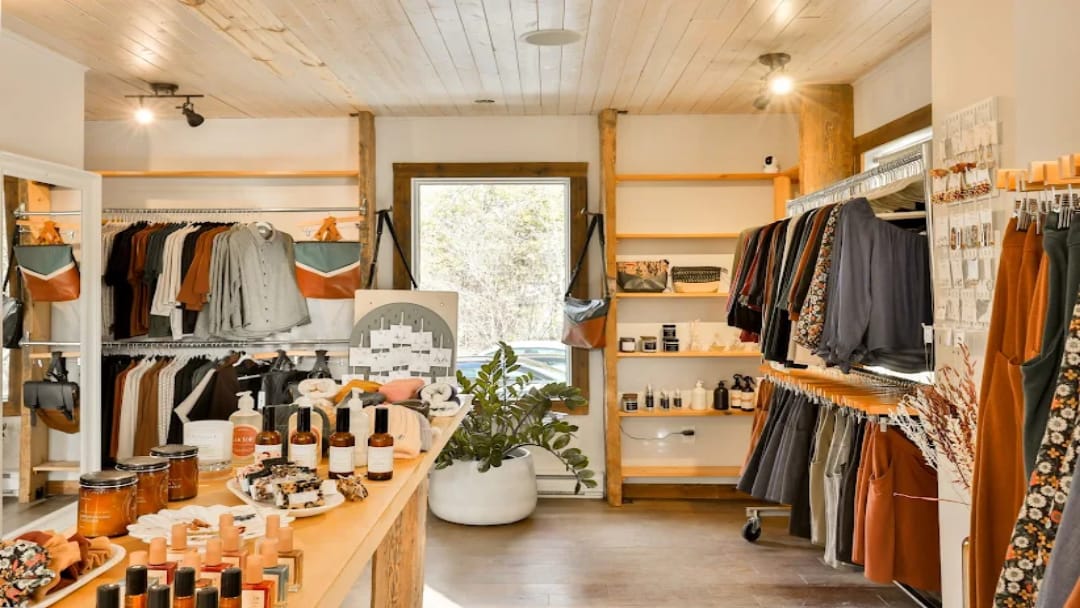 In this new era, luxury in Canada is less about showing off and more about showing care—care for craft, for the planet, and for how our choices reflect who we are. The result? A more refined, responsible, and enduring kind of luxury that feels perfectly suited to where Canadian retail is headed next.
In this new era, luxury in Canada is less about showing off and more about showing care—care for craft, for the planet, and for how our choices reflect who we are. The result? A more refined, responsible, and enduring kind of luxury that feels perfectly suited to where Canadian retail is headed next.

